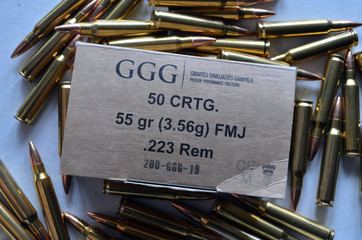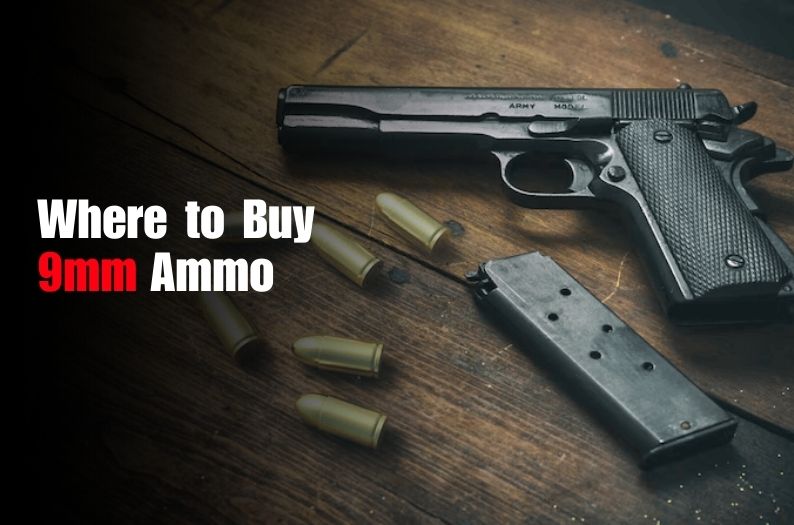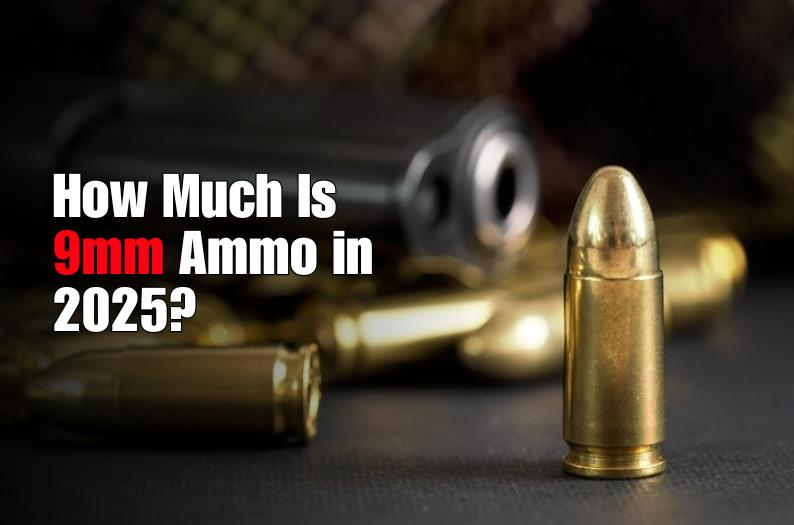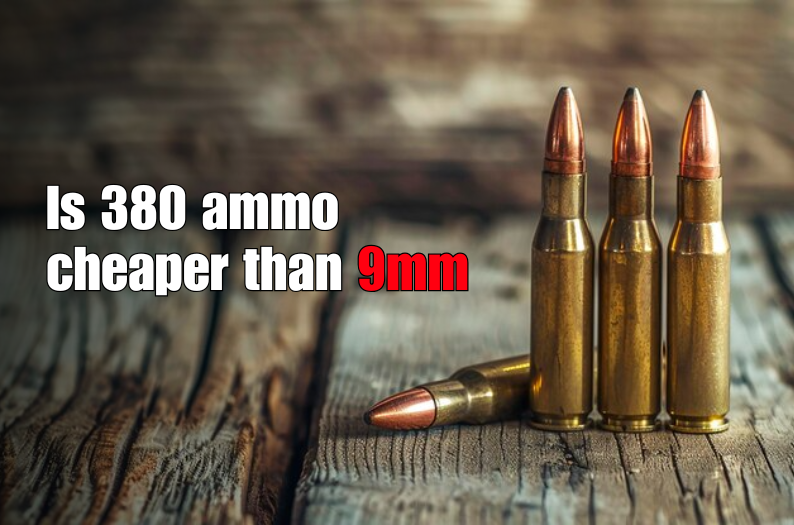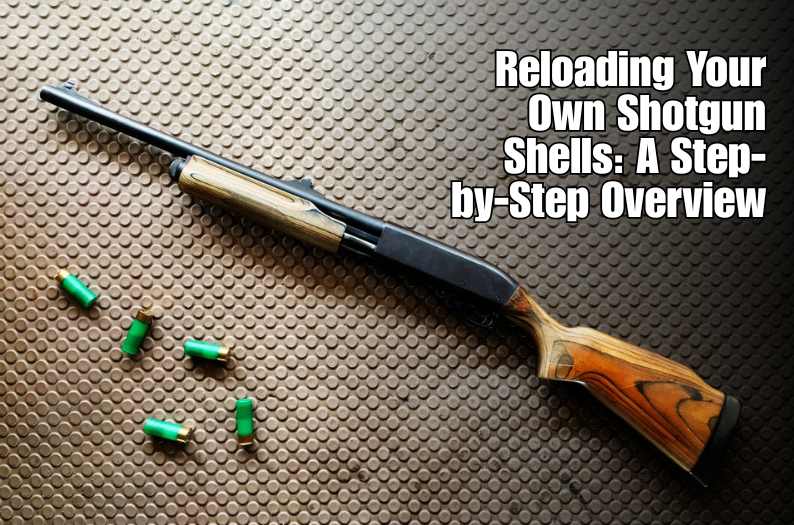Understanding .223 Ammo and Its Widespread Use in Firearms
The .223 Remington cartridge is one of the most iconic and widely used rounds in the world of firearms. Known for its versatility, accuracy, and relatively low recoil, the .223 has become a staple for military, law enforcement, and civilian shooters alike. This article delves deep into the history of the .223 Remington, explores which firearms utilize this ammunition, and examines the ballistics that make it so effective. Whether you're a seasoned shooter or a newcomer, understanding the .223 Remington is essential to appreciating modern firearms.
The History of .223 Ammo
Origins of the .223 Remington Cartridge
The .223 Remington, also known as 5.56x45mm NATO in its military designation, was developed in the late 1950s and early 1960s. Its creation was part of a broader effort to equip the U.S. military with a new standard-issue rifle and ammunition, leading to the development of the M16 rifle and its adoption in the Vietnam War.
Development and Military Adoption
The .223 Remington was developed by Remington Arms in collaboration with Fairchild Armalite and Eugene Stoner, the designer of the AR-15 rifle. The goal was to create a lightweight, high-velocity round that could be used in a selective-fire rifle capable of both semi-automatic and fully automatic fire. The .223 Remington was officially adopted by the U.S. military in 1963 and became the standard ammunition for the M16 rifle, known as 5.56x45mm NATO.
Transition to Civilian Use
Following its military success, the .223 Remington quickly gained popularity among civilian shooters. The AR-15, the civilian version of the M16, became a favorite among hunters, competitive shooters, and firearm enthusiasts. The .223’s accuracy, manageable recoil, and effectiveness for varmint hunting made it a versatile choice.
International Adoption and Variants
The success of the .223 Remington and its 5.56x45mm NATO variant led to its widespread adoption by NATO countries and other military forces around the world. Various countries have developed their own versions of firearms chambered in .223/5.56, adapting the platform to suit their specific needs.
Key Milestones in .223 Remington History
- 1963: Adoption of the M16 rifle and 5.56x45mm NATO by the U.S. military.
- 1977: The 5.56x45mm NATO is standardized by NATO countries.
- 1980s: Civilian market sees a rise in AR-15 popularity, solidifying the .223 Remington's place in civilian shooting sports.
- 2000s-Present: Continued evolution of .223/5.56 platforms, including advancements in ammunition technology for enhanced accuracy and terminal performance.
Which Guns Use .223 Ammo?
Firearms That Chamber .223 Remington
The versatility of the .223 Remington cartridge has led to its widespread use in various types of firearms. From military rifles to civilian sporting guns, the .223 is a common choice due to its adaptability, performance, and availability.
Military Rifles
- M16 and M4 Carbines
The M16 and M4 Carbines are perhaps the most well-known firearms chambered in .223/5.56 NATO. Used extensively by the U.S. military and many NATO allies, these rifles are renowned for their accuracy and reliability. The M16 was the standard-issue rifle for the U.S. military from the Vietnam War until the early 21st century, when the M4 Carbine, a more compact version, became more prevalent. - FN SCAR-L
The FN SCAR-L (Special Operations Forces Combat Assault Rifle – Light) is another prominent military rifle chambered in 5.56x45mm NATO. Developed by FN Herstal, it is used by various special forces around the world, prized for its modularity and adaptability in diverse combat scenarios. - Steyr AUG
The Steyr AUG is an Austrian bullpup rifle chambered in 5.56x45mm NATO, widely adopted by military forces in Austria, Australia, and Ireland, among others. Its compact design and reliability have made it a favored choice for armed forces.
Civilian and Sporting Rifles
- AR-15
The AR-15 is the civilian counterpart of the M16/M4 and is perhaps the most popular rifle chambered in .223 Remington. Its modular design allows shooters to customize the rifle for various applications, from hunting to competitive shooting. - Ruger Mini-14
The Ruger Mini-14 is a semi-automatic rifle chambered in .223 Remington, known for its reliability and traditional rifle aesthetics. It is commonly used for ranching, hunting, and law enforcement purposes. - Remington 700
The Remington 700, a bolt-action rifle, is another firearm that can be chambered in .223 Remington. It is highly regarded for its accuracy and is often used in precision shooting competitions and hunting.
Handguns
- H4: Kel-Tec PLR-16
The Kel-Tec PLR-16 is a pistol chambered in .223 Remington, offering a unique option for those looking for a compact firearm with the stopping power of a rifle round. It is a niche firearm but demonstrates the versatility of the .223 cartridge.
International Firearms
- H4: IMI Tavor
The IMI Tavor is an Israeli bullpup rifle chambered in 5.56x45mm NATO, adopted by the Israel Defense Forces. It is known for its compact design and effectiveness in urban combat situations. - H4: HK416
The HK416, developed by Heckler & Koch, is a German-made rifle chambered in 5.56x45mm NATO. It has been used by various military and law enforcement units worldwide, including the U.S. Navy SEALs.
Ballistics and Performance of .223 Ammo
Understanding the Ballistics of .223 Remington
The .223 Remington is celebrated for its high velocity, flat trajectory, and low recoil, making it an ideal choice for various shooting disciplines. Its ballistics play a crucial role in its effectiveness in both military and civilian applications.
Velocity and Trajectory
The .223 Remington is a high-velocity round, typically achieving muzzle velocities between 2,700 and 3,200 feet per second (fps) depending on the bullet weight and barrel length. This high velocity contributes to its flat trajectory, allowing shooters to engage targets at longer distances with minimal holdover.
Bullet Weights and Types
- 55-Grain FMJ
The 55-grain Full Metal Jacket (FMJ) bullet is one of the most common loads for .223 Remington. It offers a good balance between velocity and terminal performance, making it suitable for both target shooting and varmint hunting. - 62-Grain FMJ (M855)
The 62-grain FMJ, known as M855 in military use, is designed to offer improved penetration and stability in flight. It is commonly used in military and tactical applications. - 77-Grain OTM
The 77-grain Open Tip Match (OTM) bullet is favored by precision shooters for its accuracy at longer ranges. The heavier bullet provides improved stability and terminal performance.
Recoil and Manageability
One of the reasons for the .223 Remington's popularity is its low recoil. The cartridge's design allows for rapid follow-up shots, making it a preferred choice in both military combat and competitive shooting scenarios. The minimal recoil also makes it accessible to shooters of all experience levels.
Terminal Ballistics
The terminal performance of the .223 Remington varies depending on the bullet type and intended use. In military applications, the focus is often on penetration and fragmentation, while civilian uses may prioritize expansion and stopping power, particularly in hunting or self-defense situations.
The Role of .223 Ammo in Modern Firearms
Why .223 Remington Remains a Staple in the Firearms World
The enduring popularity of the .223 Remington cartridge is a testament to its versatility, effectiveness, and adaptability. Whether in military service, law enforcement, or civilian hands, the .223 has proven itself as a reliable and efficient round for a wide range of applications.
Military and Tactical Applications
In military and tactical environments, the .223 Remington/5.56x45mm NATO round offers a balance of power, accuracy, and portability. Its adoption by NATO and various allied forces underscores its importance in modern warfare. The lightweight nature of both the round and the rifles chambered for it allows soldiers to carry more ammunition without compromising their effectiveness in combat.
Civilian and Sporting Use
For civilian shooters, the .223 Remington offers a versatile platform for hunting, target shooting, and home defense. Its accuracy and low recoil make it a popular choice for competition shooting, while its effectiveness on small to medium-sized game makes it a go-to round for hunters.
The Future of .223 Remington
As advancements in ammunition technology continue, the .223 Remington will likely see further enhancements in terms of accuracy, terminal performance, and specialized applications. The introduction of new bullet designs and improved powders will ensure that the .223 remains a relevant and potent cartridge for years to come.
As you’ve seen, the .223 Remington is a versatile and reliable cartridge that serves a wide range of firearms, from military rifles to civilian sporting guns. Whether you’re looking to stock up on ammo for your AR-15 or explore new firearms that chamber .223, you can trust that this round will deliver the performance you need.
Get the best deals on .223 Remington ammo and accessories at AmmunitionsForSale.com. Our extensive selection and competitive prices make it easy to find the perfect ammo for your needs. Don’t wait—visit us today and gear up with the best!
- #.223 ballistic performance
- #.223 bullet weights
- #.223 for home defense
- #.223 for varmint hunting
- #.223 hunting ammo
- #.223 Remington ammo for sale
- #.223 Remington ballistics
- #.223 vs 5.56 NATO
- #AR-15 ammo recommendations
- #best .223 ammo for AR-15
- #buy .223 Remington online
- #civilian use of .223
- #FN SCAR-L .223
- #guns chambered in .223
- #history of .223 Remington
- #international firearms .223
- #M16 rifle ammo
- #military rifles .223
- #Steyr AUG .223
- #tactical rifles .223


